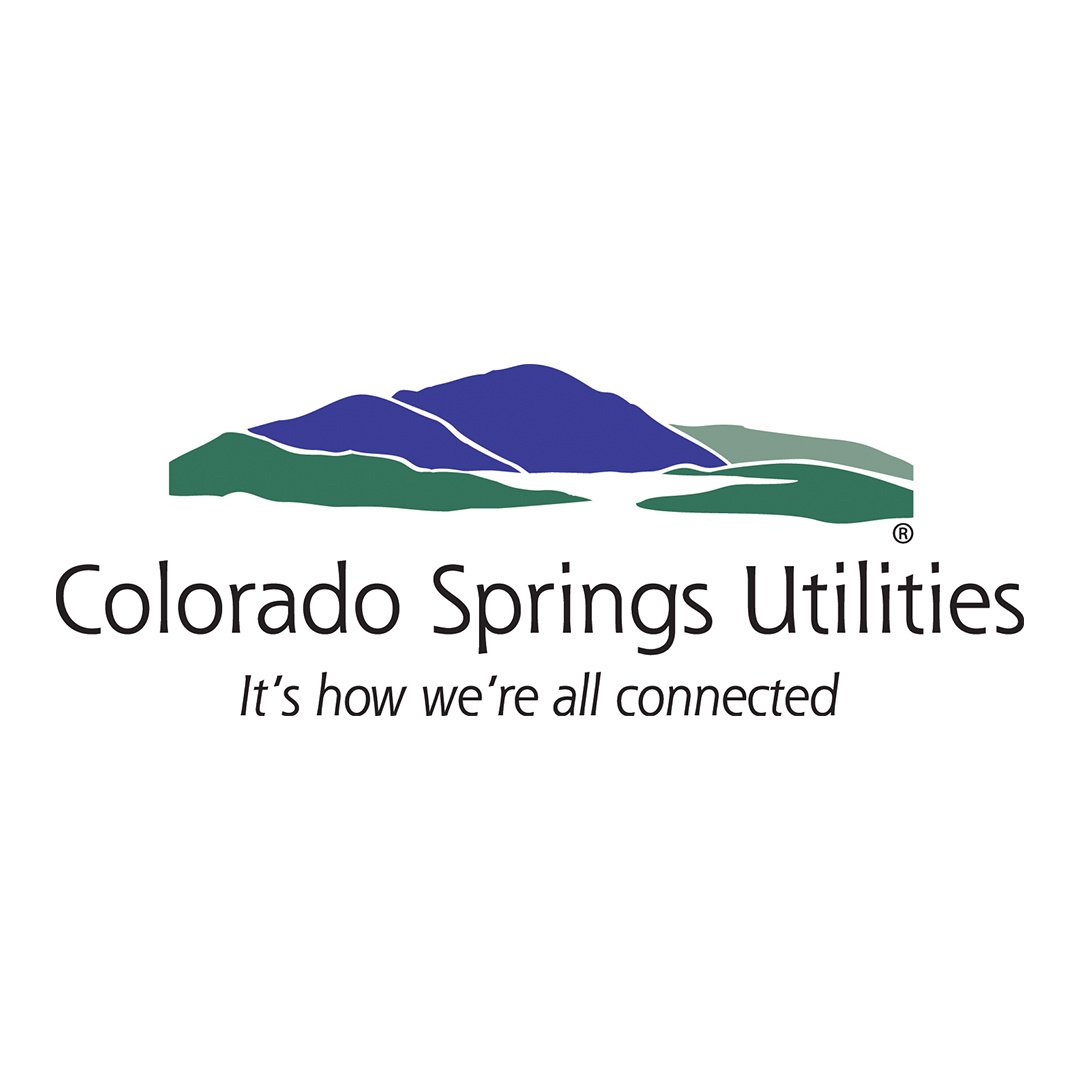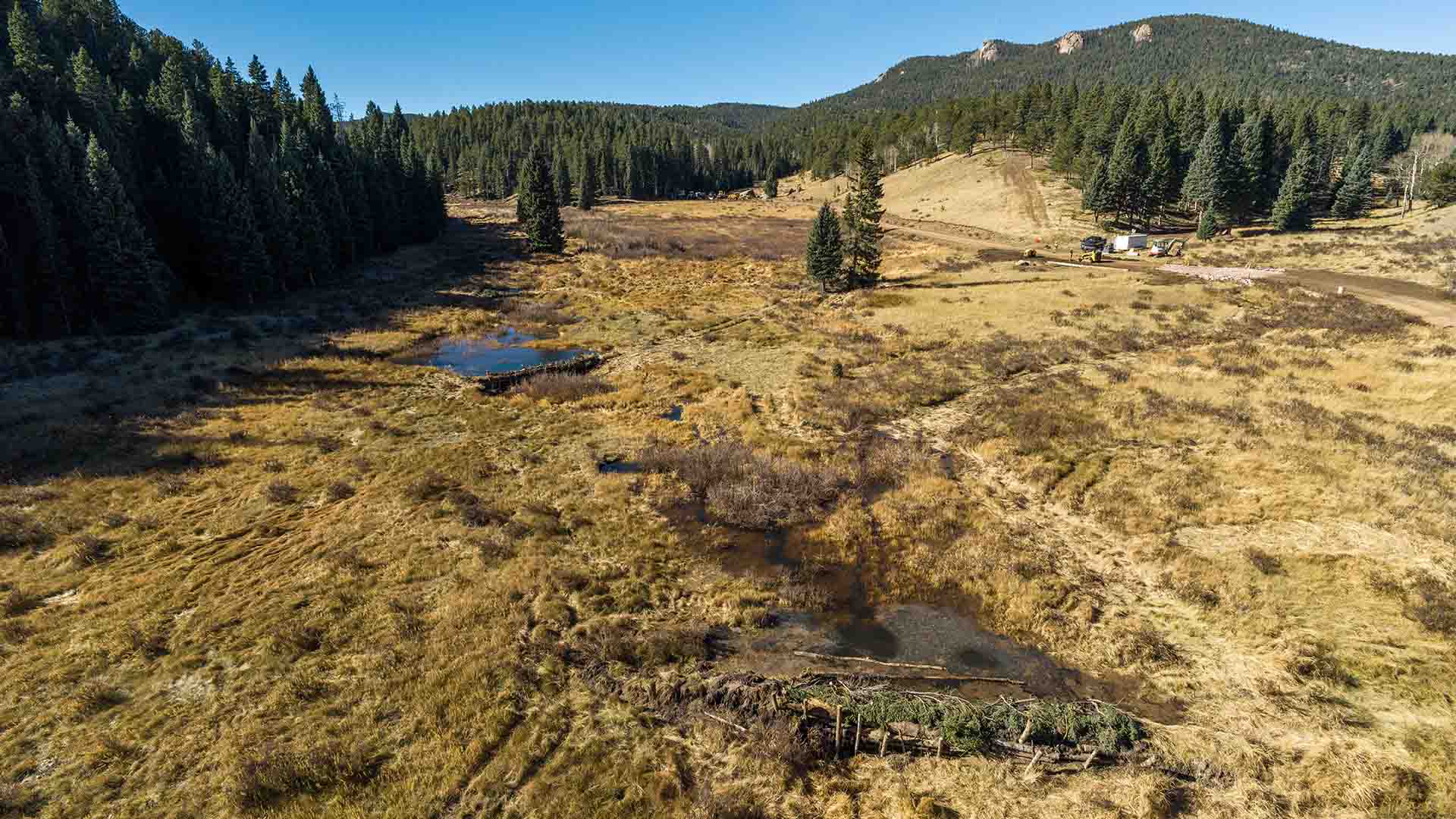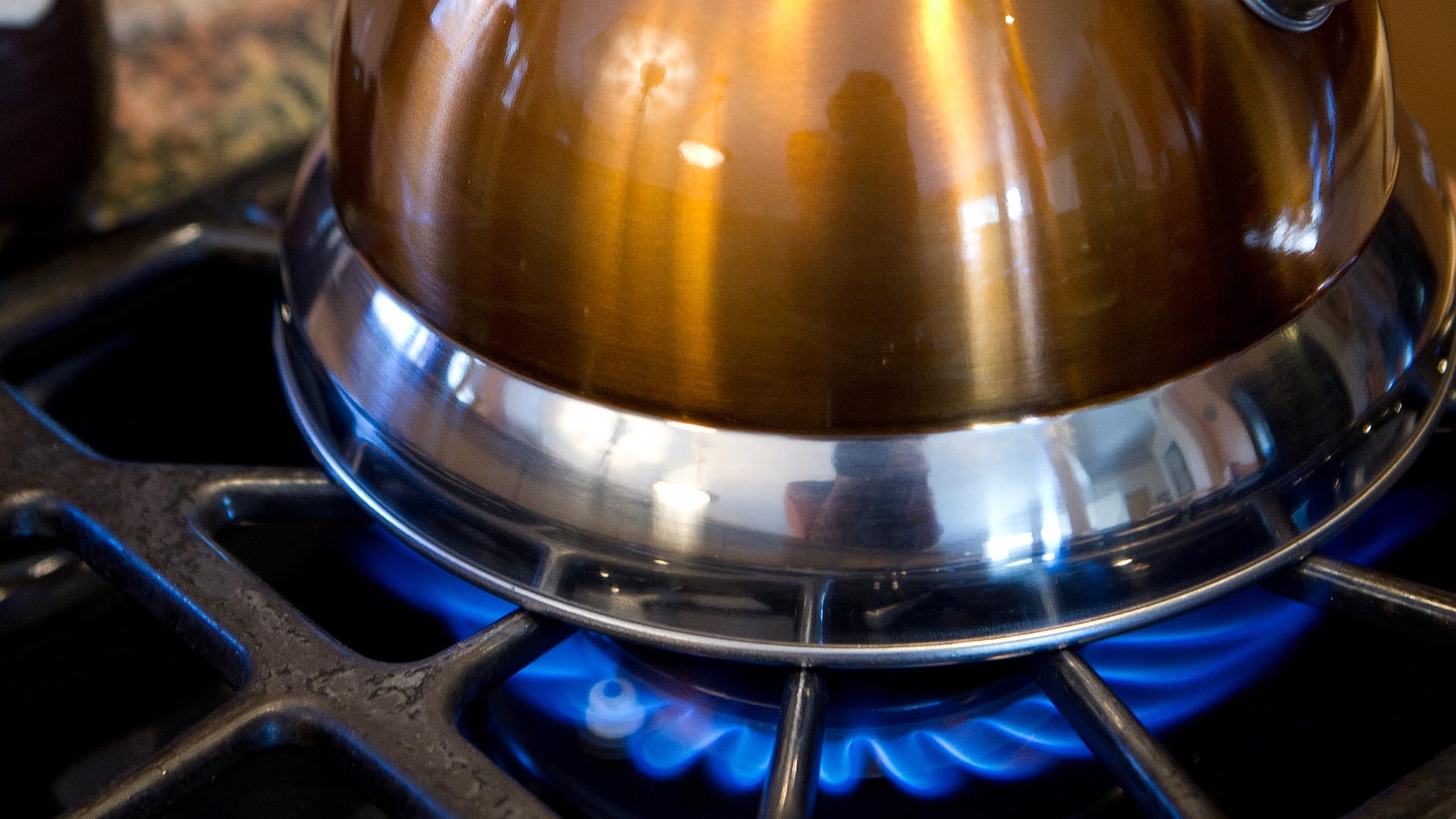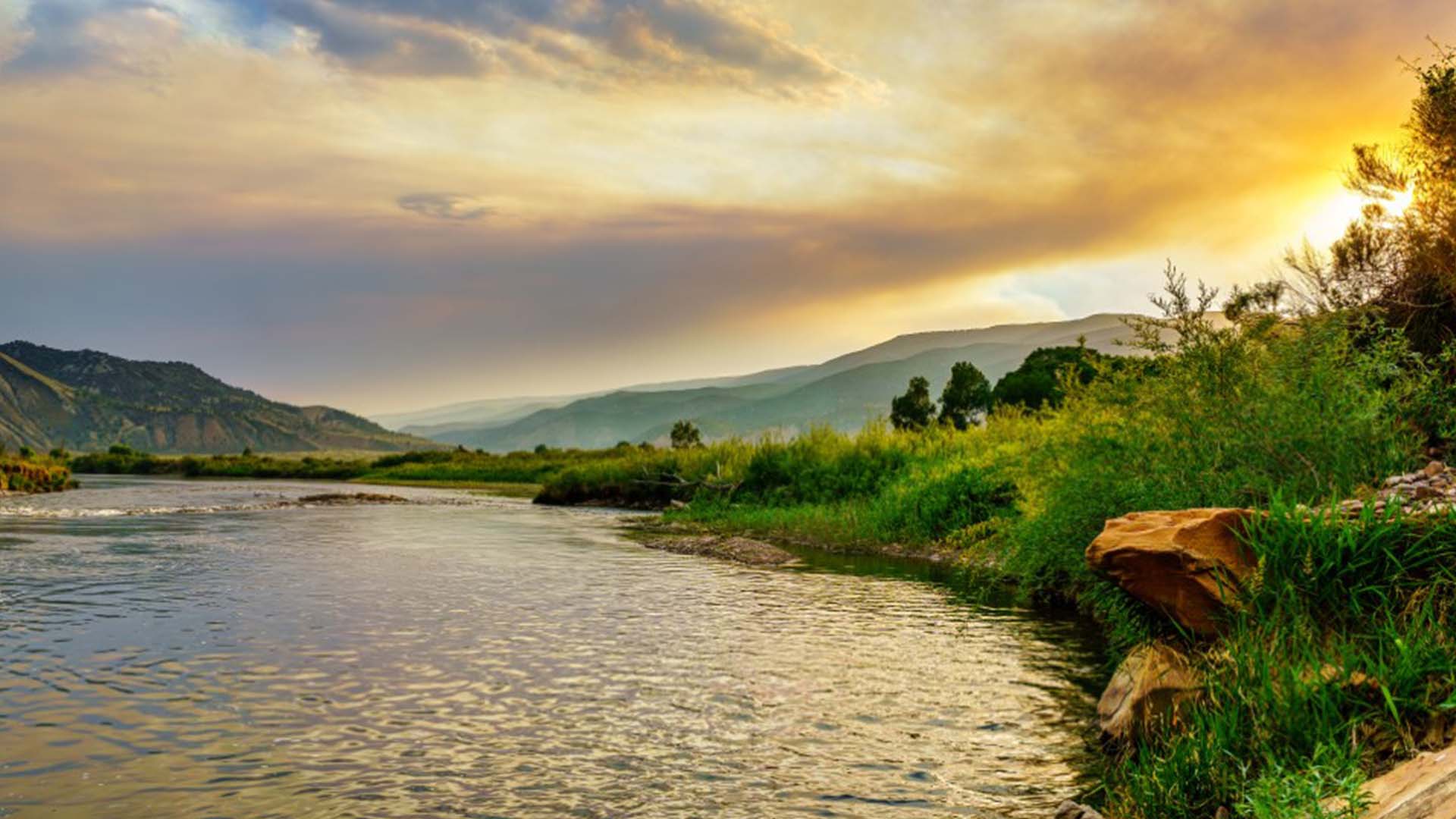
Diana H.
Duration: 1 minute
Published on November 7, 2025
Carbon monoxide (CO) is a gas you can’t see or smell. That makes it very dangerous. Unlike natural gas, which has a smell added to help detect leaks, CO has no scent. You need a special alarm to know it’s there.
CO is made when fuels like natural gas, oil, wood or charcoal don’t burn all the way. It can come from places in your home, such as:
- Furnaces and water heaters
- Gas stoves and ovens
- Fireplaces and wood stoves
- Vehicle exhaust
If appliances don’t work correctly or aren't vented properly, CO can quickly build up inside your home, silently poisoning the air you breathe. Symptoms of CO poisoning can feel like the flu—headache, dizziness, nausea—leading victims to wait to seek help until it's too late.
Your November CO safety checklist
CO alarms save lives. They are now required in homes, but you still need to check them regularly. There are also other steps you can take to reduce your risk of exposure to CO. Use this checklist to keep your home safe:
- Install alarms. Place a CO alarm on every level of your home and in a central location outside each sleeping area.
- Test the alarms monthly. Push the "Test" button on every alarm once a month to ensure the sensor and battery are working.
- Check the alarm’s expiration date. CO alarms do not last forever. They typically have a lifespan of 5 to 7 years. Check the manufacture date on the back of your unit and replace any expired alarms immediately.
- Check your clothes dryer vent. Make sure your dryer is properly vented to the outside and that the venting line is clear of lint buildup.
- Schedule regular maintenance. Contact licensed contractors to inspect your furnace, water heater and chimney annually to ensure they are venting properly.
We care about your safety. We don’t just provide utility services—we’re your neighbors, too. As the weather gets colder, we want you to feel safe and warm at home.
This month, take a few minutes to go through this checklist. It’s easy, and it could be the most important thing you do for your family this season.







